Lupini Beans are a go-to snack found across the Middle East and the Mediterranean. They are nutritious (second highest bean in protein) and make the perfect snack to serve your friends and family. Learn how to make Lebanese termos.
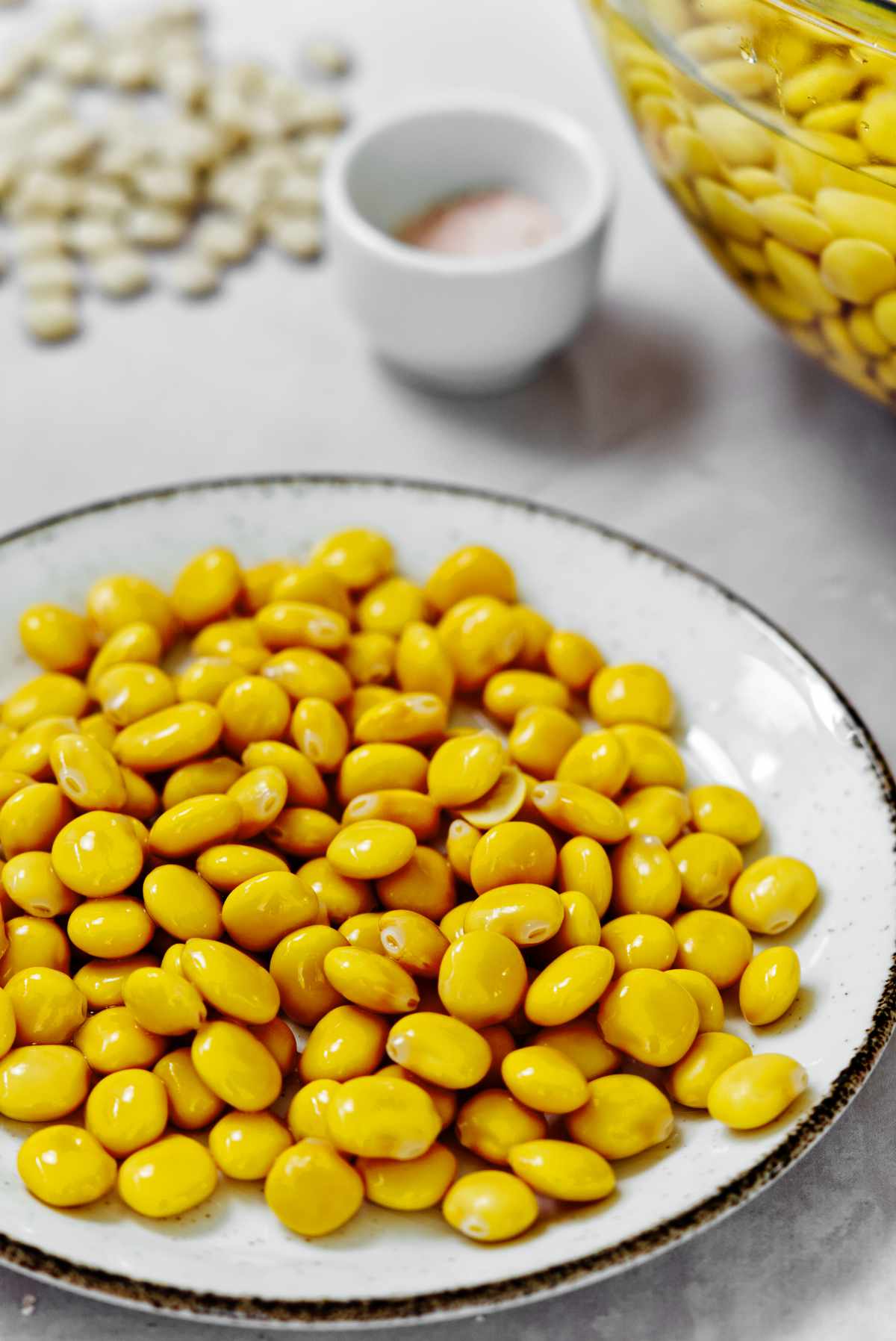
😋Why You’ll Love This
- They make a great talking point, a lot of people haven’t tried lupin and find the look of this snack interesting
- All-natural snack - beware lupini is moreish just like crispy chickpeas! But I would prefer these over any store-bought snack, knowing they are all-natural.
- Naturally gluten-free and with many health benefits. High in protein. They are second to soya beans in protein content, which contain the highest amount of protein per bean.
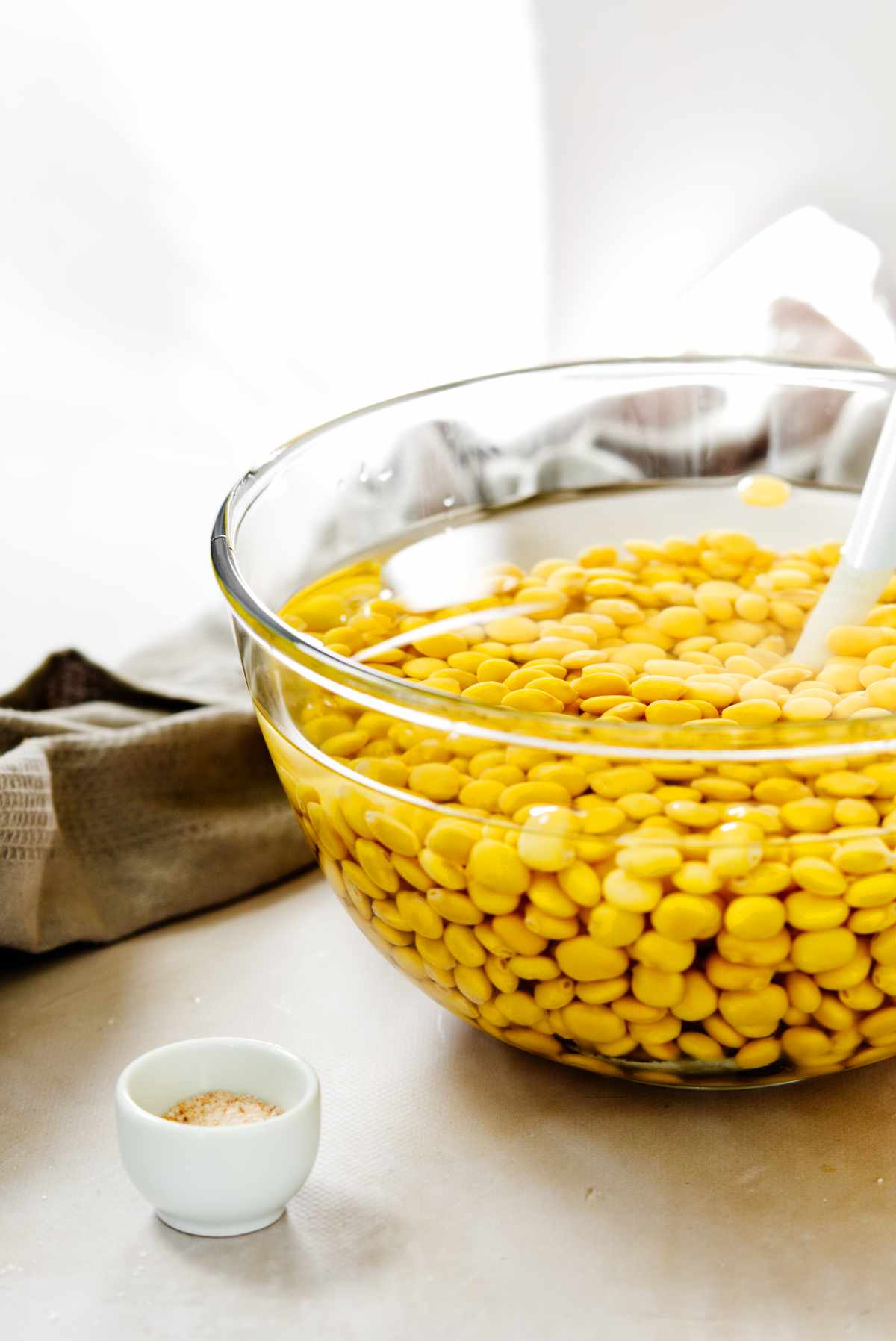
What are lupini beans?
Lupini beans are also known as Lupin or lupine, are an ancient yellow legume beans dating as far back as the 12th Dynasty BCE.
Both Ancient Egyptians and Romans loved to eat lupin.
The plant is part of the same family as lentils, chickpeas, peanuts and peas.
They contain the second-highest amount of protein in any bean. If you're keen to learn more about protein, read about what is a complete protein by Healing Tomato.
These beans can also be served all year round, and are mainly found in countries like Lebanon (known as termos), Syria, Jordan, Palestine, Egypt, Brazil, Portugal, Italy, and Turkey.
In Spain, these beans are often served with beer, just like how in Australia we serve beer nuts or pretzels.
As lupin beans are gaining popularity and you may be new to them, I thought you’d find it interesting to know what the lupin bean plant looks like (see image below)
🌱LUPINI BEAN VARIETIES
You see there are two kinds:
- The large kind which are bitter
- The small kind which are not bitter
Preparing the large variety takes time. And by time, I mean at least 5 days.
So why would some people choose the larger lupini bean?
Some say the taste is stronger once the bitterness is removed. I personally think it’s marginal.
I favor the smaller variety as they can be prepared in less than 24hours, which suits my busy life just fine.
It always amuses me to see reviews left on online purchases of dried lupine beans.
The most (only!?) common complaint is that they are bitter.
I sometimes feel like saying "that’s because you don’t know how to cook them properly"
Please don’t be discouraged by the bitterness, if you accidentally buy the bitter lupini variety, all the preparation is worth it, due to the taste and health benefits.
If you did end up with the larger variety, the process is the same, except you have to soak them in salty water for five-10 consecutive days (until the bitterness is gone) after boiling them tender.
You'll also need to change the water twice daily.
You may be asking “how will I know I bought the bitter ones?”
Once the beans have been cooked tender, taste one, if it’s bitter, then there’s your answer.
Trust me I know, I remember, many years ago, when I first ventured out on my own to make my first batch of Lebanese termos, I was shocked at the bitterness. I had to call my mum to confirm I didn’t buy a bad batch.
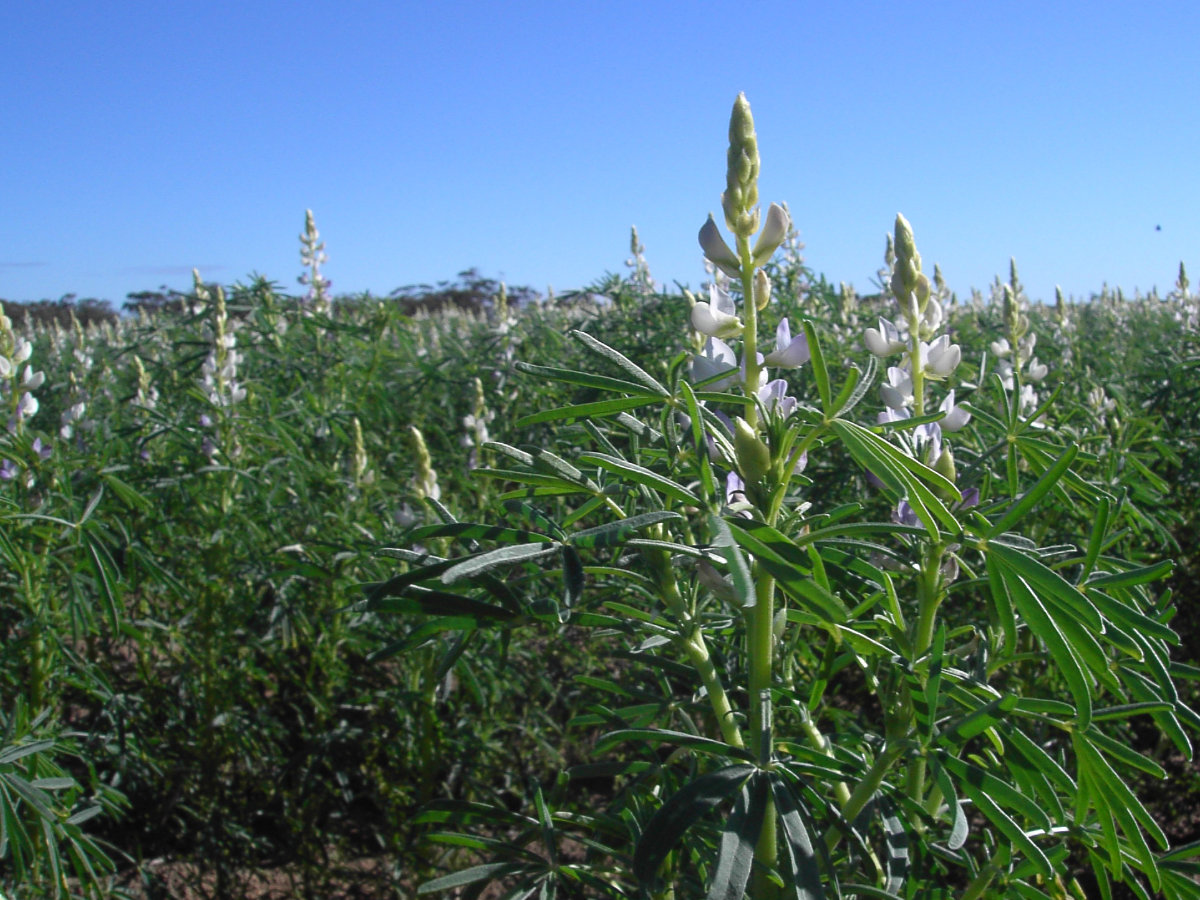
✔️Interesting Facts
Did you know Australia is a prominent ‘sweet’ lupini supplier? I was pleased to learn this.
It’s important to note that the ‘sweet’ is used to refer to non-bitter lupin. Not because it contains sugar.
Lupin is often used as a key ingredient in plant-based milk or as an additive to wheat-flour products or vegan sausages.
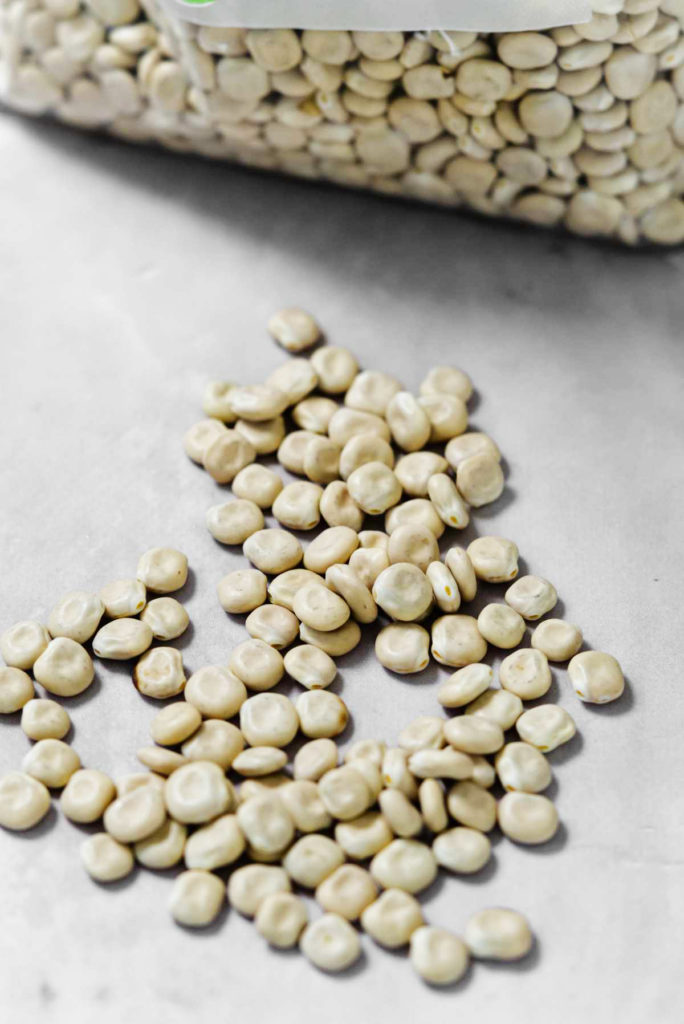
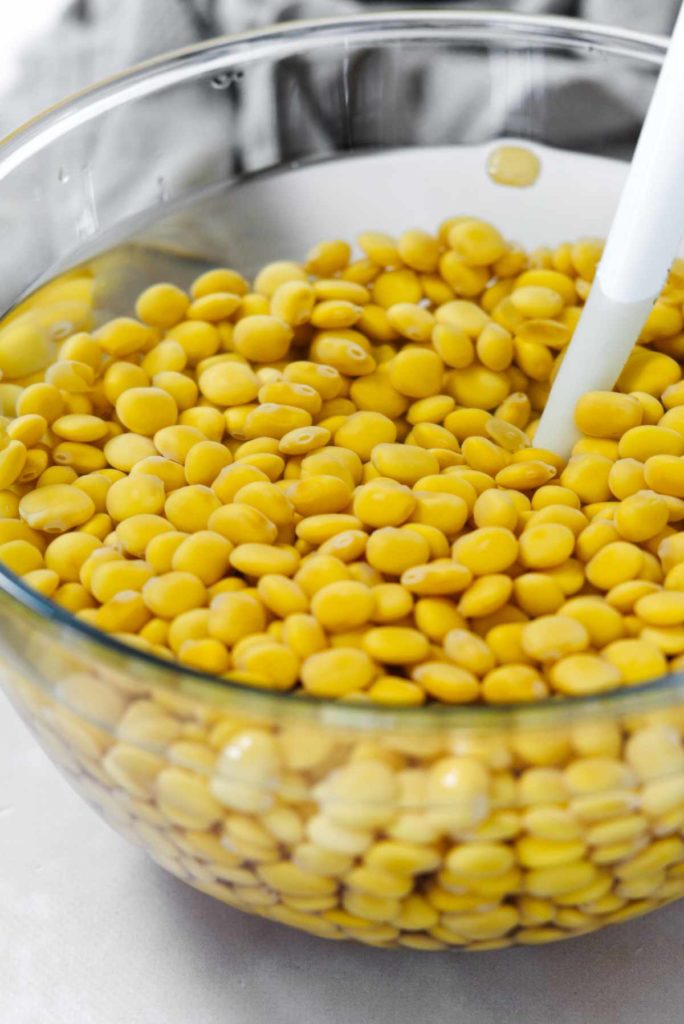
🥘Ingredients
Lupini Beans - the dried variety, if the labels indicate the sweet or small variety, pick those.
The instructions within this recipe are for the small sweet lupini bean variety
1 cup of dried lupin is enough to serve several people (a small handful each)
Salt (I always opt for Himalayan or sea salt)
Water (I prefer to use filtered water)
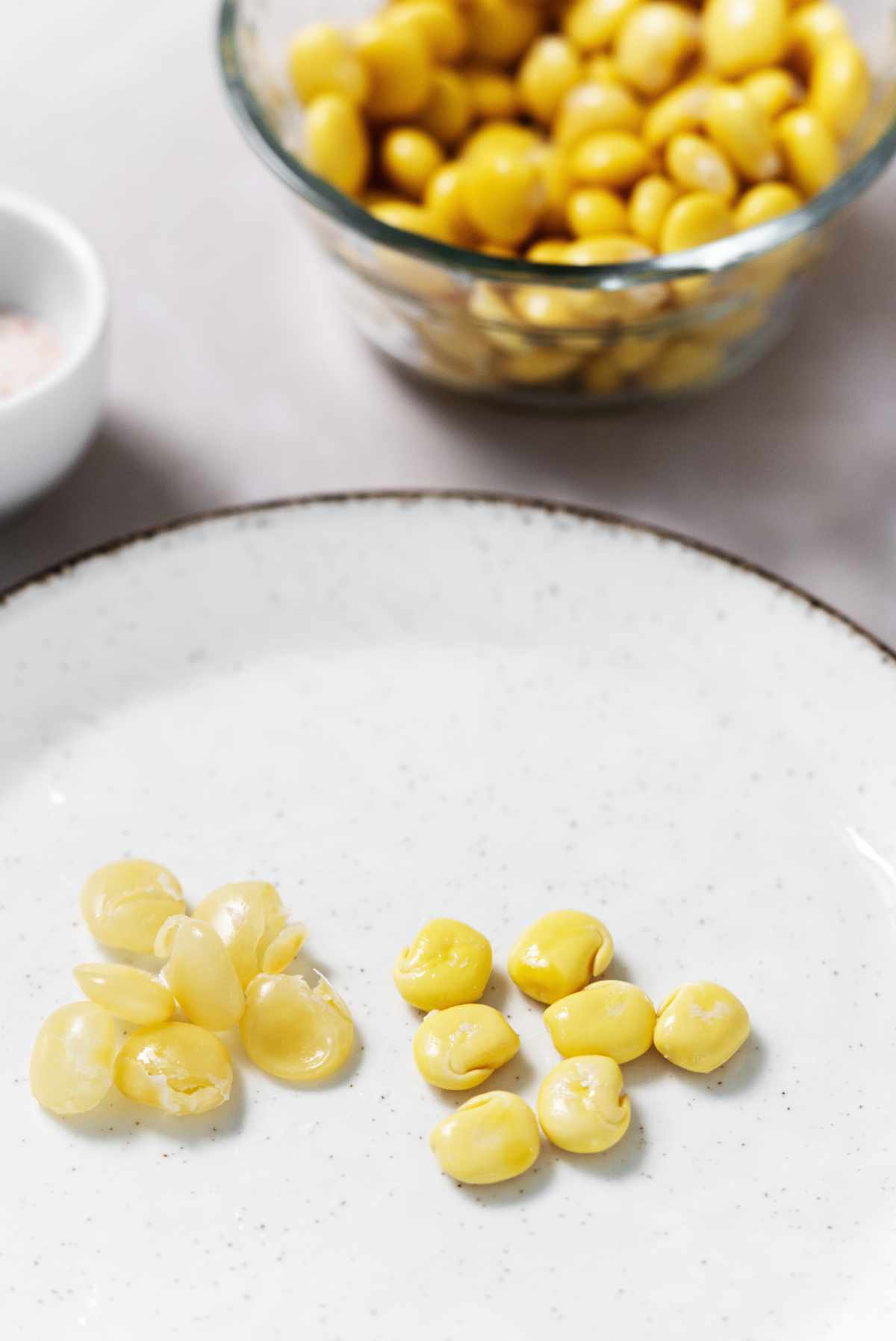
🔪Cooking Instructions
Step 1 - In a large bowl, add 1 cup lupin beans, 1 tablespoon of salt and 5 cups of water. Mixed water through to dissolve the salt and soak overnight
Step 2 - Discard any water from the soaked beans and add to a pot. Top with 5 cups of water and another 1 tablespoon of salt and bring to a boil on high.
Step 3 - Once boiling, turn heat to med-high and boil for about 2 hours.
Check-in periodically on the beans as they boil and top up water if needed (don’t let the pot dry)
Once lupin is tender, turn off the heat and allow it to cool.
Step 4 - When cool, discard water and top with fresh salted water. Serve with salt or rinse off excess salt.
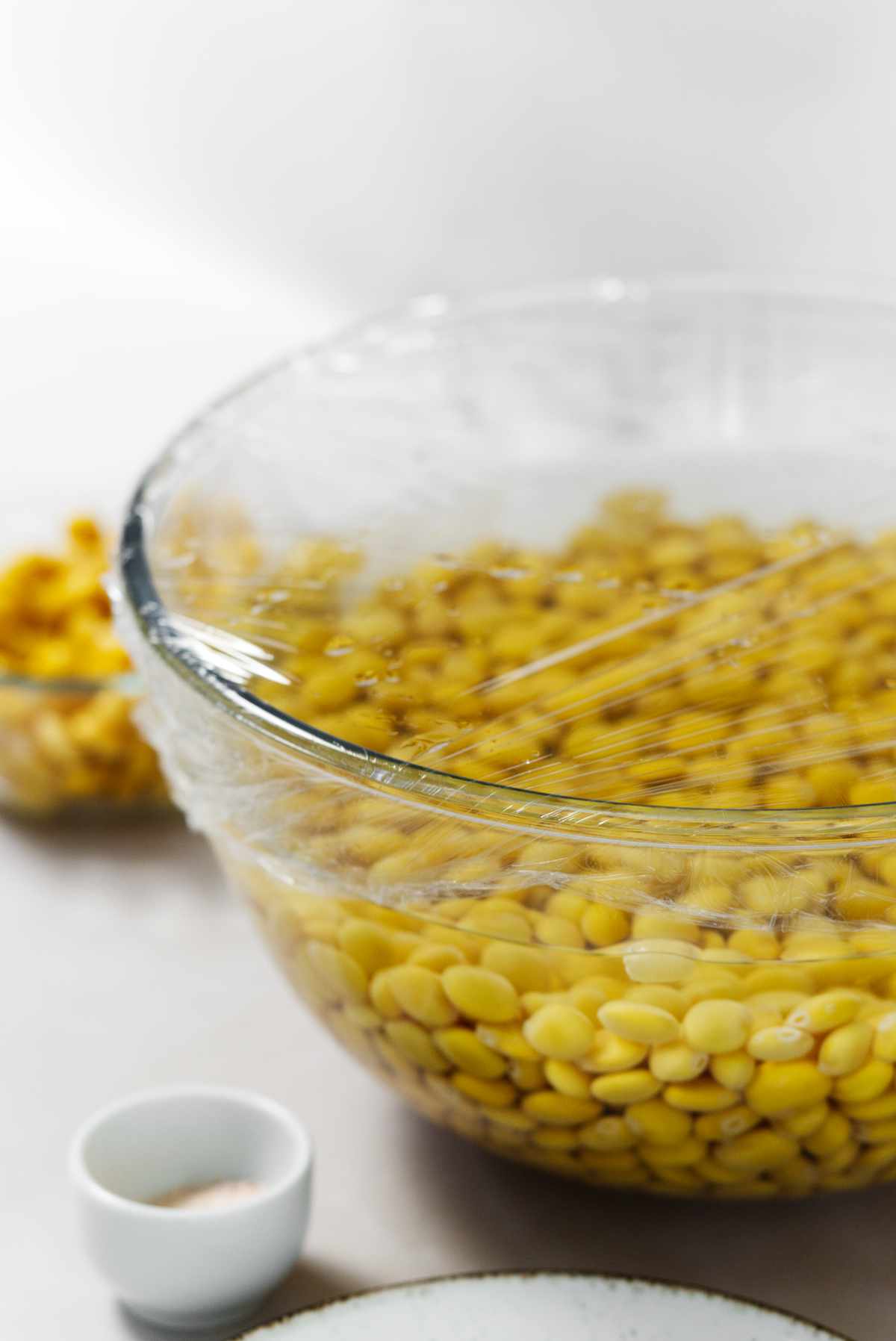
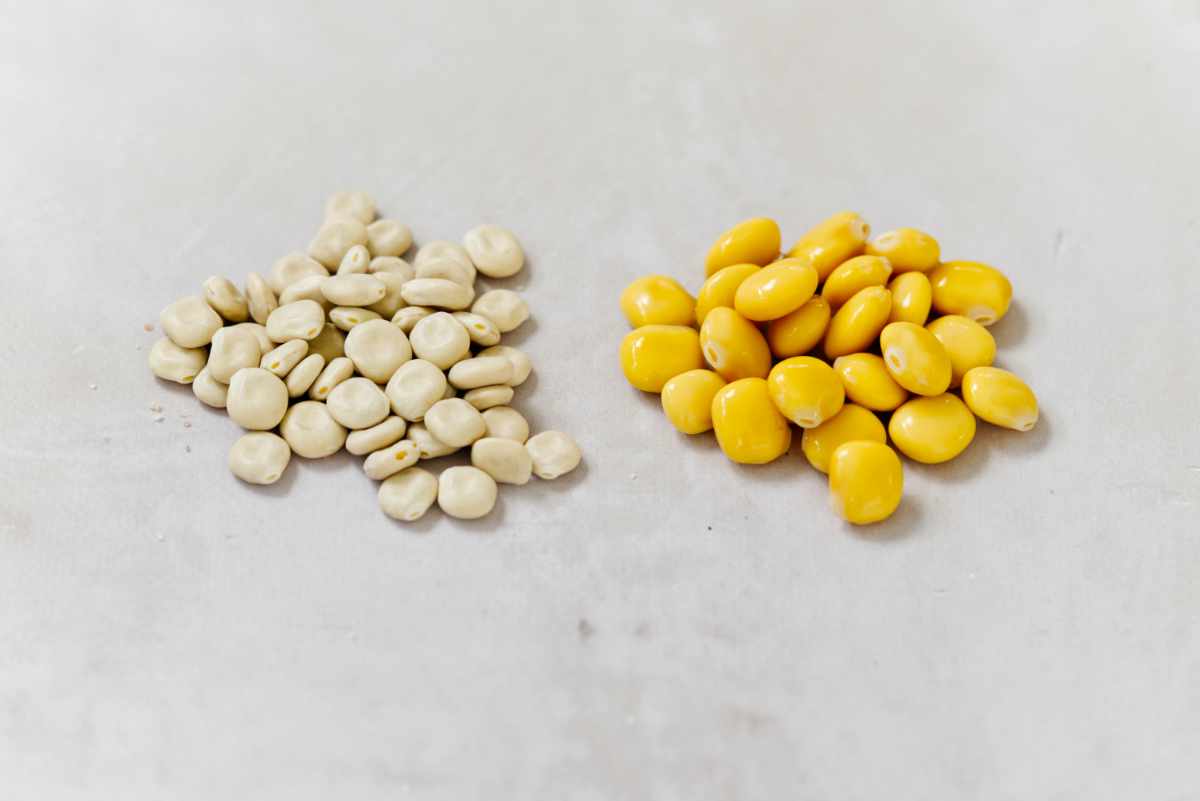
⭐Recipe Tips
Dried lupin beans are whitish in color, once soaked they will swell into a plump golden-yellow color
Termos can be prepared in a pressure cooker, once the soaking is complete, simply cook them for 20 minutes.
Bitterness denotes high toxic alkaloids, which are rid of through the brining process.
For those who have a nut allergy, lupini is not recommended. More information on this can be read here
Lupine are encased in the skin, these skins will shrivel during the soaking process. This is normal. Do not take the skin off as it will smooth out during the boiling process.
The beans will double in size when soaking - make sure you double the amount of water to ensure when they do swell, they are still submerged in water.
(I always like to put extra water to be on the safe side)
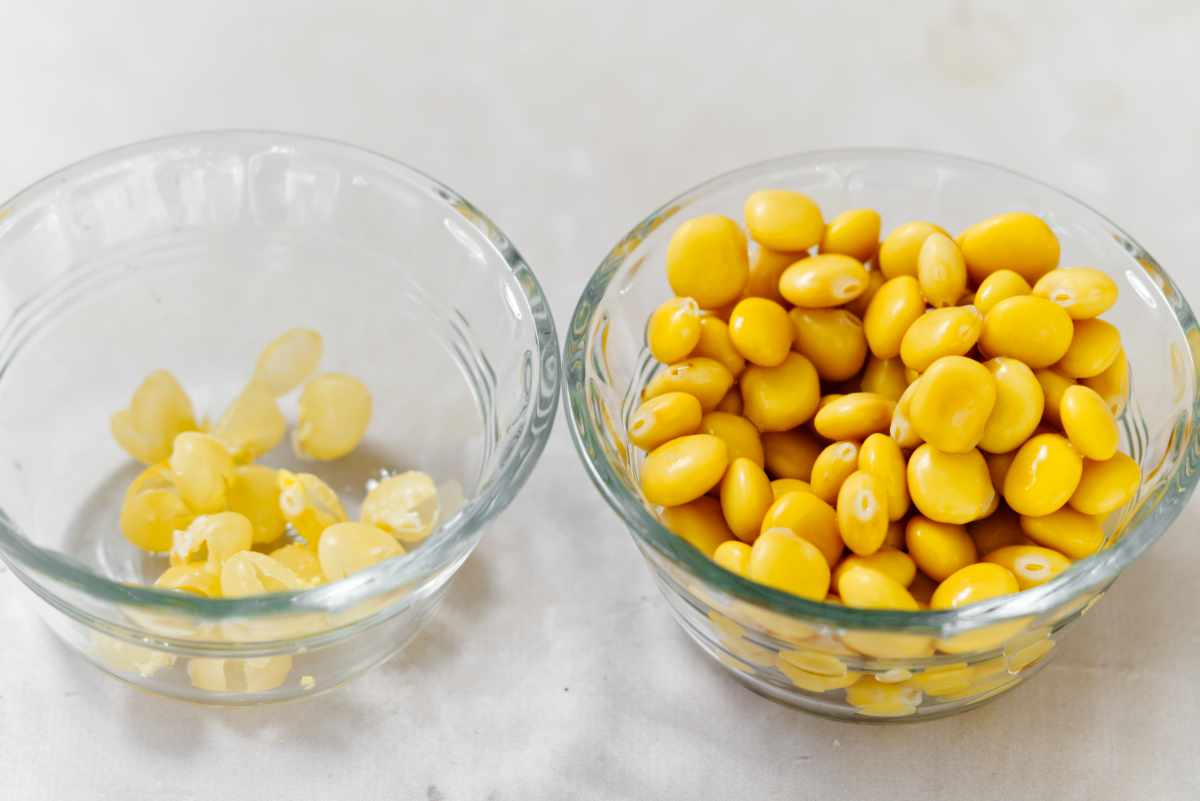
🍽️Storage
Cooked lupin can store for about five days in the fridge submerged in salty water.
You will need to change the water daily as it will go murky. Use an airtight container.
Dried lupini beans can store in the pantry for as long as other beans (a couple of years)
🥄Serving Suggestions
They are normally served on their own or can sometimes feature as part of a mezze.
Try adding your favourite herb or spices (to this recipe)
Try them with a splash of fresh lemon juice (to this recipe)
Add lupini beans to a salad such as balela salad or a soup (only after you have cooked them)
Puree lupini into a dip (after you have cooked them)
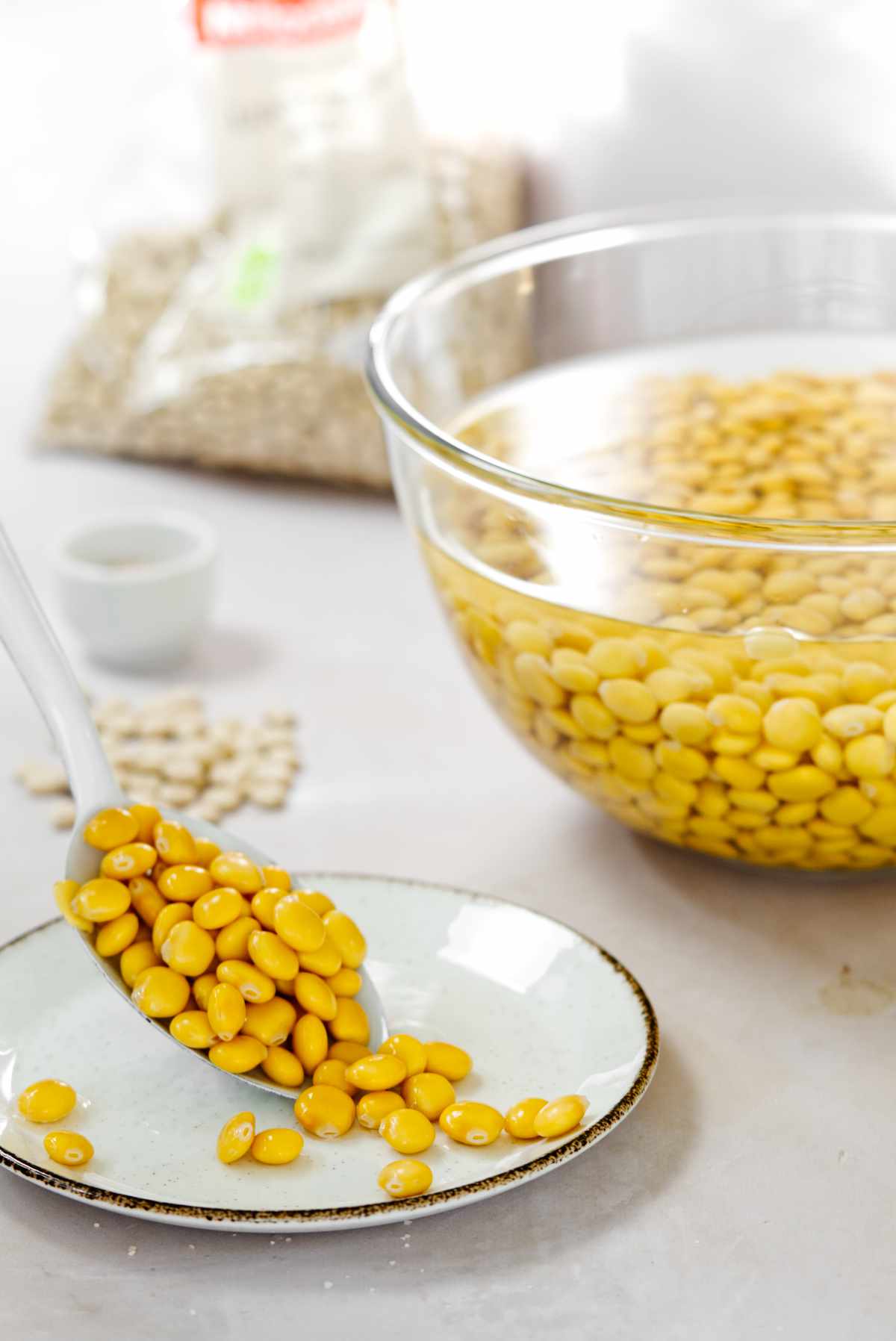
❓FAQ
Lupini beans or lupin is generally available at your local grocer rather than your large supermarkets. You can also head on over to Amazon and purchase them online buy dry lupini beans here or already prepared lupin beans here (prepared lupin is normally in brine or pickled)
Lupini is a great source of protein and is rich in protein (40%), fiber (40%) and moderate in fat (8%) made up largely of unsaturated fatty acids. Lupini is also devoid of starch, which is great for blood sugar and aids off hunger.(wikipedia, Lupin Bean, Wikipedia 11/11/2020, https://en.wikipedia.org/wiki/Lupin_bean)
Other benefits of lupini include - a high level of prebiotic fiber, B vitamins, phosphorus, manganese, magnesium and antioxidants and calcium.
Overall lupin is a power packed bean.
This is not an easy flavor to explain as the taste is unique along with the texture. The best explanation is they are a pleasantly creamy, buttery, nutty bean flavor.
Lupini is an ancient bean and is traditionally bitter as they are naturally high in toxic alkaloids. This is combated by methodically soaking the beans in salted water (brine) over several days. The newer variety is a ‘sweet’ lupini with little to no bitterness.
Brined lupini beans are eaten individually, with or without the skin which can be discarded using your teeth to open the skin or popping the bean out of the skin by squeezing the bean with your thumb and index finger. Two bowls are always used whilst eating lupin (one with lupin in it and the other empty for the discarded skins)
Lupini beans are known as ‘Termos’ in Arabic, which are enjoyed as a snack or appetizer or part of mezze and are served salted and cold.
They are a highly popular Lebanese food, typically brined, which can be found served on the streets of Lebanon by cart vendors.
Pronunciation: Termos is said as ‘terr-mos’ in English (you need to roll your R) and lupini is said as ‘lu-pee-nee’.
🍽️Related Recipes
- Activated soaked almonds are another healthy snack
- Home baked beetroot chips
- Warm marinated olives recipe by Marcellina In Cucina
- Marinated Mushrooms by Mrs Jones Kitchen
- Salt and pepper roasted walnuts by It's Not Complicated
- Roasted pumpkin seeds without oil
Did you make this? I'd love to know! Leave me a comment below with a ★★★★★ star rating or tag @plantbasedfolk on social media.
Recipe

Lupini Bean (Lebanese Termos)
Instructions
- In a large bowl, add 1 cup lupin beans, 1 tablespoon of salt and 5 cups water. Mixed water through to dissolve salt and soak overnight1 cup Lupini, 1 tablespoon Salt, 5 cups water
- Discard any water from soaked lupini beans and add to a pot. Top with 5 cups of water and another 1 tablespoon of salt and bring to the boil on high. Once boiling, turn heat to med-high and boil for about 2 hours.
- Once lupin is tender, turn off heat and allow to cool. Once cool, discard water and top with fresh salted water. Serve with salt.
Notes
Nutrition
N.B., nutrition info is an estimate based on an online nutrition calculator. This will vary based on the specific ingredients you use.
If you enjoyed this recipe, consider supporting my work for the cost of a cup of coffee.



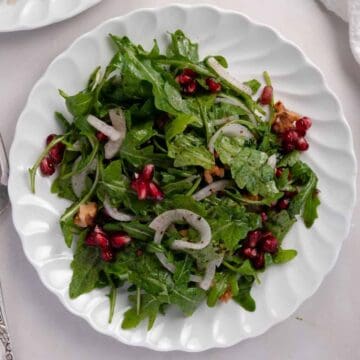


Shawn
Lupini beans looks delicious, I need to give it a try. I will try to check it out.
Sara
Thank you for such a helpful post! We have never tried lupini beans before, but we decided to give them a shot after reading your tips. Yum! We will definitely be making them again soon.
Oscar
I've always enjoyed lupini beans but purchased them in the jars. I'm going to try to make them from the dry beans. Thanks for the recipe and the tips.
Ramona
So glad I have found this article as I was always wondering what to do with these lupin beans. I did get a jar some time ago and I didn't know what to d with it. I ended up throwing them. Shame, I know! Thanks for all these ideas. 5 stars for the info!
Freda
I've always got a small bucket of Lupin in my fridge. I always rinse them before eating to reduce the salt.
Adam
I can’t get enough of making these lupini beans. Thanks Janelle
Mia
When soaking for days, do you keep them in the fridge or room temperature?
Janelle
Hi Mia,
In the fridge.
Enjoy!
J 🙂
Lulu
One problem with these lupin, they are addictive. Obviously not your fault, I like preparing them this way. thanks for your recipe 😀
Janelle
Haha totally
They are addictive
Glad you enjoyed this termos recipe
Fay
Thank you for sharing termos recipe.